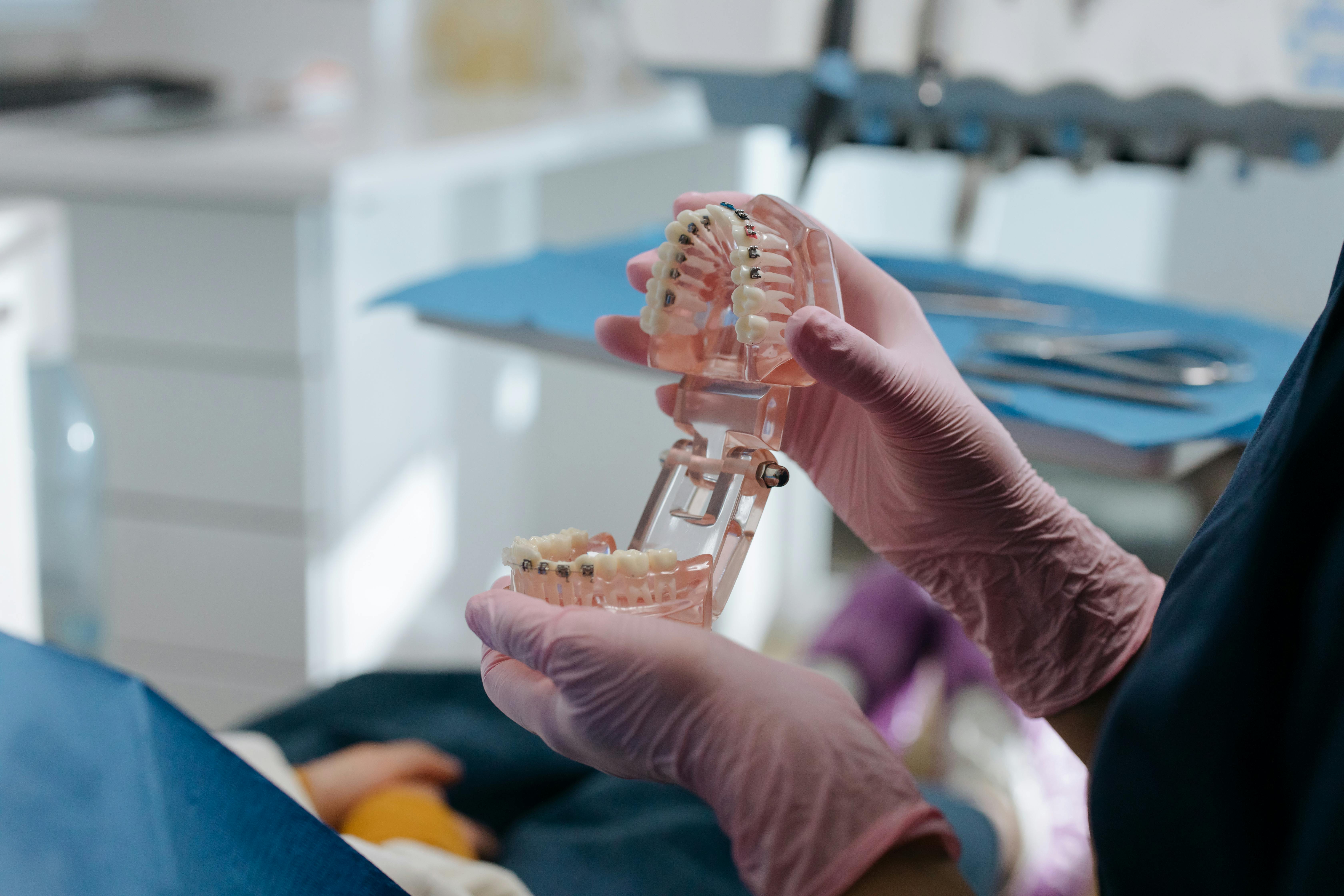Smart Guide to Using an Espresso Machine in 2025
As we step into 2025, the world of coffee continues to evolve, with advancements in technology enhancing the espresso-making experience. Using an espresso machine at home has never been more accessible or enjoyable, but understanding the nuances of espresso preparation is vital for achieving that perfect shot. This guide not only covers the fundamentals of how to use an espresso machine but also delves into the best practices for espresso brewing methods that cater to both novice and experienced baristas alike.
From the art of espresso shot timing to the intricacies of maintaining your machine, each section provides valuable insights into espresso preparation. We’ll explore everything from espresso machine features to practical tips like coffee to water ratio and milk frothing techniques. By the end of this guide, you'll be well-equipped to brew exceptional coffee at home and create delightful espresso beverages that impress your family and friends.
Let’s embark on this flavorful journey by examining the essential elements of using an espresso machine.
Understanding Espresso Machines and Their Features
Types of Espresso Machines
When diving into the world of espresso machines, it's crucial to differentiate between the various types available. Generally, espresso machines fall into three categories: manual espresso machines, automatic espresso machines, and semi-automatic machines. Each type offers distinct functionalities suited to a range of user preferences and skill levels.
Manual espresso machines allow complete control over the brewing process, appealing to enthusiasts who appreciate the art of espresso-making. In contrast, automatic machines take over many steps for users, making them perfect for beginners. The semi-automatic variety gives a balance of control and convenience, allowing baristas to master brewing techniques while automating some steps.
Espresso Machine Features
When selecting the best espresso machine, consider essential features like a pressure gauge, a steam wand for frothing milk, and a portafilter for extracting shots. Understanding how these elements contribute to brewing quality is key.
The pressure gauge helps monitor the brewing process, ensuring that you're using the optimal brewing pressure for espresso extraction. The steam wand enables you to create professional-grade frothed milk, essential for lattes and cappuccinos.
Espresso Grinding Essentials
Choosing the right grind size for your coffee beans is critical to achieving an optimal espresso flavor profile. A fine grind is typically preferred because it increases the surface area, affecting the extraction process during brewing. Experimenting with grind size plays a significant role in flavor intensity, acidity, and overall espresso quality.
Key Components of Espresso Brewing
Each espresso shot should be prepared with attention to detail. Factors such as coffee extraction, temperature, and tamping coffee all influence the final taste. Aim for a coffee temperature between 190°F to 205°F for optimal extraction and use a consistent tamping pressure to ensure even coffee distribution in the portafilter.
Establishing Your Espresso Workflow
Creating an efficient workflow when using an espresso machine can drastically reduce the time spent making coffee while enhancing the quality of your brews. Start with having all the necessary tools at hand: fresh coffee beans, scale, coffee grinder, tamping tool, and your machine settings. Establishing this routine ensures smooth preparation and great-tasting espresso each time.
Espresso Preparation Techniques and Brewing Methods
Now that you understand the essential features and workflow of your espresso machine, it’s time to delve into the actual espresso preparation techniques. From understanding espresso extraction time to mastering milk frothing techniques, these methods will elevate your coffee-making skills.
Espresso Extraction Basics
The espresso extraction time directly impacts the flavor profile of your coffee. A standard extraction time ranges from 25 to 30 seconds. During this phase, water interacts with the coffee grounds, extracting rich flavors and aromas. Experimenting within this time frame allows you to highlight different characteristics of your coffee.
Perfecting Your Tamping Technique
Tamping is an essential step in the espresso-making process. Properly tamped coffee grounds develop a solid barrier, allowing for consistent extraction and crema formation. Apply firm, even pressure when tamping, aiming for a perfectly level coffee bed, as uneven grounds can lead to channeling and inconsistent flavors.
Water Temperature and Coffee Quality
The temperature of the water used in brewing is another crucial factor affecting espresso quality. Water that's too hot may cause over-extraction, bringing out bitter flavors, while too cool water can lead to under-extraction, resulting in sour, weak shots. The ideal temperature range is typically between 190°F to 205°F.
Utilizing the Steam Wand
The steam wand is a versatile tool found on many espresso machines, essential for milk frothing techniques. Mastering how to use a steam wand involves positioning it correctly in the milk pitcher and understanding how to introduce air for a velvety microfoam. This skill is necessary for crafting delicious lattes and cappuccinos.
Crafting Espresso Recipes at Home
Exploring various espresso recipes will enhance your understanding of espresso drinks. From the classic espresso shot to more complex drinks like the macchiato, knowing how to adjust your recipes based on the beans and machine settings can lead to delightful surprises and improved tastes.

Maintaining Your Espresso Machine for Longevity
Proper maintenance is essential for ensuring your espresso machine lasts and continues to brew exceptional coffee. Cleaning and care practices can significantly affect performance, quality, and longevity.
Regular Cleaning and Maintenance
To maintain optimal functionality, follow a scheduled cleaning routine. Regular cleaning involves descaling your machine, cleaning the portafilter and steam wand, as well as ensuring that any remaining coffee oils are removed. Using a cleaning brush and recommended cleaning solutions can keep your machine in top condition.
Understanding Espresso Machine Troubleshooting
Every coffee enthusiast faces problems with their machines at some point. Familiarize yourself with common troubleshooting tips, which may include addressing issues with brewing pressure, steam wand malfunction, or water leaks. Consult your machine’s manual for specific troubleshooting steps.
Grinder and Coffee Bean Care
In addition to machine maintenance, taking care of your coffee grinder is vital for great espresso. Regularly clean the grinder to avoid stale coffee flavors, and remember to store your coffee beans properly to maintain freshness. Invest in sealed containers to protect beans from light, humidity, and air exposure.
Utilizing FAQs for Best Practices
Participating in communities or forums can provide valuable insights into maintenance practices and the experiences of others. Learning from fellow enthusiasts can lead to discovering new techniques for taking care of your espresso machine.
Espresso Machine Accessory Considerations
Lastly, consider acquiring essential accessories that enhance your brewing experience. This includes items like coffee scales, thermometers, and espresso machine cleaning tools, which contribute to better results and ensure consistent quality in every cup.

Exploring Advanced Espresso Techniques
With a solid foundation laid, we can now explore advanced espresso techniques that can redefine your home brewing experience. These methods focus on refining taste and exploring the nuances of espresso.
Understanding Espresso Flavor Profiles
Every coffee bean has its unique flavor profile. Understanding the influence of different origins, roast levels, and blends on flavor can help you choose the right coffee for your espresso machine. Look for quality beans that complement your brewing style.
Experimenting with Coffee Extraction Rates
Learn to adjust your grind size and tamping pressure to find the sweet spot for the best extraction rates. Monitoring the espresso extraction time along with your brewing pressure can bring out a wide range of flavors in your shots.
Perfecting Milk Texturing Techniques
Advanced milk texturing techniques enable you to create not only beautifully frothed milk but also achieve the right consistency for latte art. Invest time in practice; understanding the differences between different types of milk can elevate the visual aspect of your drinks.
Engaging in Coffee Tasting Events
Understanding espresso is an art. Participating in coffee tasting events can enhance your palate and knowledge about different beans, brewing methods, and flavor profiles. These experiences create a deeper appreciation for coffee.
Continuing Your Espresso Education
Lastly, consider engaging in barista training courses or workshops. These sessions can provide hands-on experience, helping you to refine your skills and learn from professionals in the industry.
Frequently Asked Questions About Espresso Machines
What Is the Best Espresso Machine for Beginners?
For those new to espresso, a semi-automatic machine provides a blend of control and ease. Look for models with user-friendly features and good reviews on performance.
How Important Is Grind Size in Espresso Making?
The grind size is crucial; a fine grind is necessary for proper extraction while maintaining the right flavor balance.
Can I Use Any Coffee Beans for Espresso?
While you can technically use any coffee beans, specialty coffee and fresh beans yield the best results for espresso.
How Often Should I Clean My Espresso Machine?
Regular cleaning after every use is recommended, with a full detox process (descaling) every few months depending on usage.
What Are Common Espresso Mistakes to Avoid?
Common mistakes include incorrect grind size, poor tamping, and not paying attention to extraction time which can significantly affect flavor.
This guide offers a pathway to mastering your espresso machine, equipping you with the knowledge and techniques necessary for preparing espresso drinks that satisfy and engage. With practice and understanding, anyone can become a skilled home barista!
